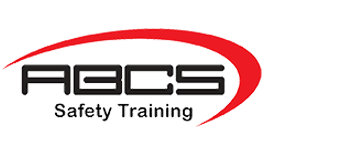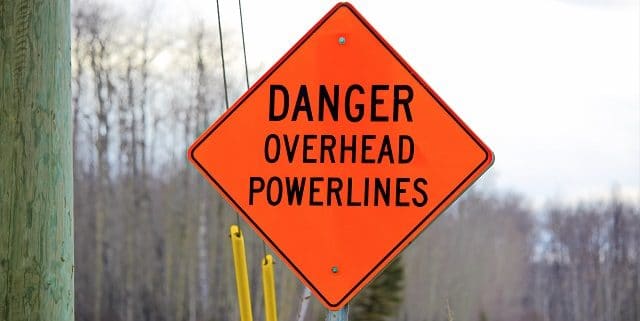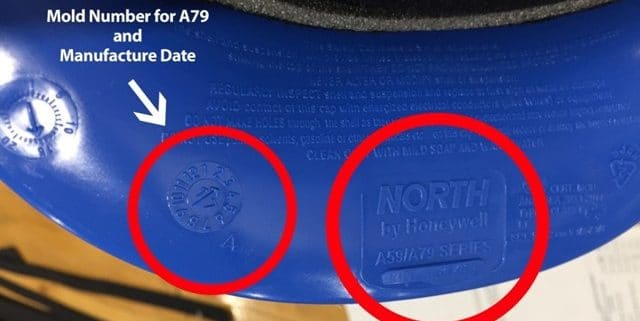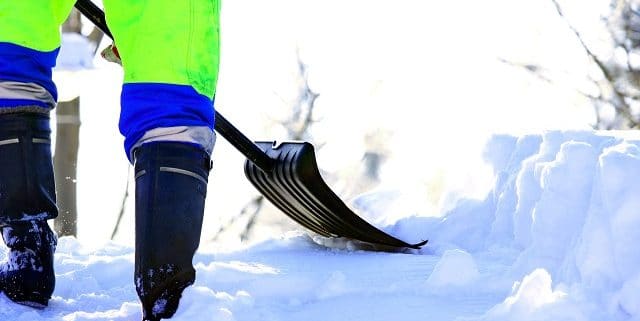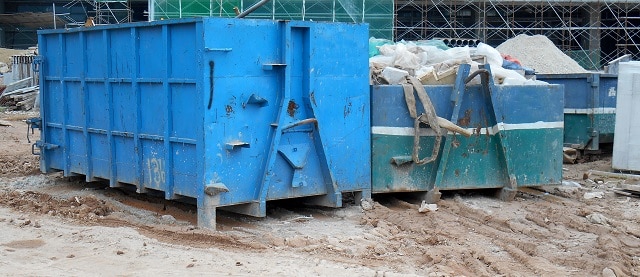Overhead Power Lines
OH&S recently reported an incident of a zoom boom carrying a window, making contact with energized power lines causing an arc flash. Luckily no one was injured. This incident could have been catastrophic and human life could have been lost. We definitely want to make sure this never happens again so let’s run through the basics when it comes to working near overhead power lines.
Before you begin, make a plan. No worker or equipment should be closer than 10 feet to power lines unless they are trained, which is a general rule of thumb if working by your average power lines. However if you are conducting work by 500 kilovolts lines that distance changes to 23 feet. So know what kind of lines you’re dealing with. Of course most times workers do not expect to get that close. If you are working in any proximity to energized power lines, tell other workers in the area and use a spotter….someone who is there just to ensure you don’t cross the safe zone. Never, under any circumstances trust or assume that a line is dead. Obviously never touch a line. If a worker or equipment does make contact, do not touch them. Electricity conducts through people. You will only end up being electrocuted as well. Instead get help.
Nobody intends on making contact with energized power lines, it’s always accidental. However it’s a very avoidable accident. Always do your pre work plan, stick to it, know what to do in an emergency and always, always look up.
